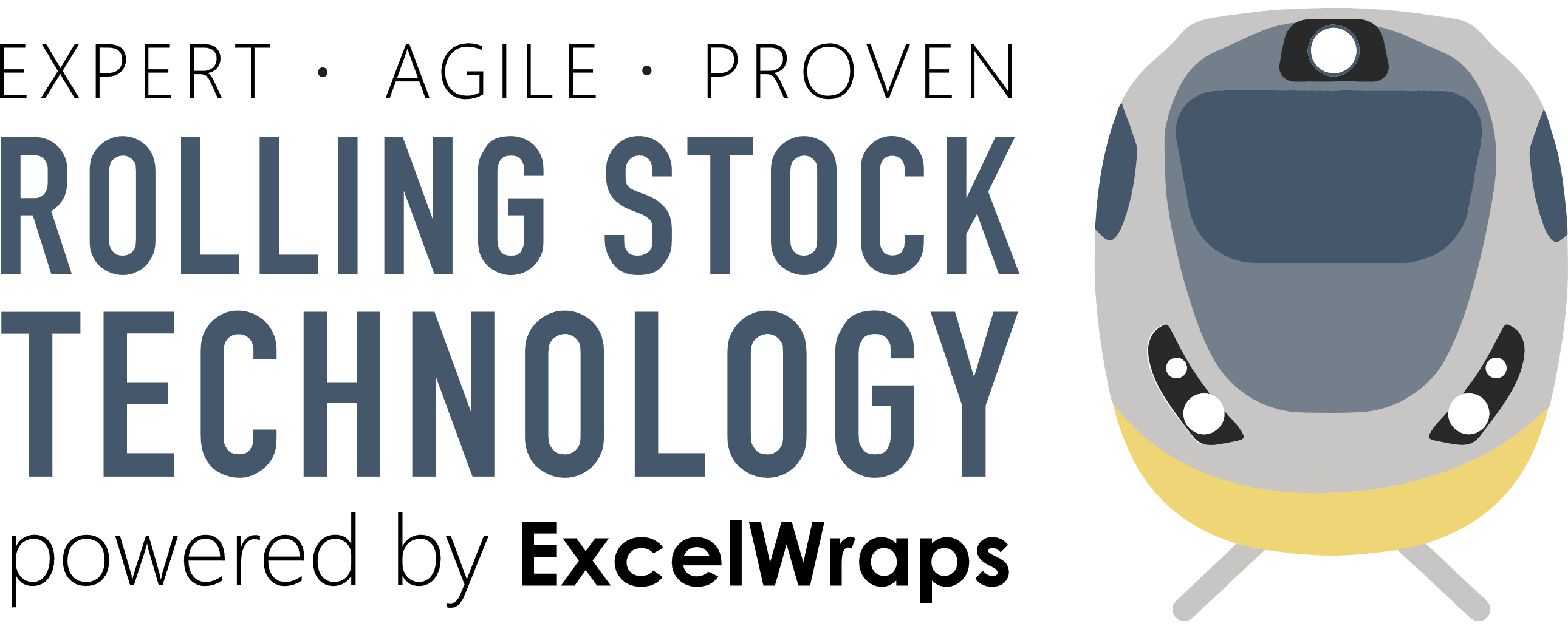Stains
The process of maintaining and eventually replacing carpets and seats in rolling stock is essential to ensure a comfortable and hygienic environment for passengers. Over time, these components may become stained or worn, requiring either deep cleaning or replacement. One of the key factors that trigger replacement is when the percentage of staining on seats or carpets becomes unacceptable, as determined by the train operating company's standards or regulatory requirements. Here's an overview of the process, including the triggering factor:
- Regular cleaning and inspection: As part of regular rolling stock maintenance, cleaning crews perform routine cleaning and inspection of carpets and seats. This involves vacuuming, spot cleaning, and assessing the overall condition of these components to identify any stains, damage, or wear that may require further attention.
- Monitoring staining percentage: During the inspection process, maintenance crews will assess the percentage of staining on carpets and seats. If the staining percentage exceeds the acceptable threshold defined by the train operating company or regulatory requirements, this may trigger the need for deep cleaning or replacement.
- Deep cleaning: When stains or dirt cannot be removed through regular cleaning, deep cleaning methods such as steam cleaning may be employed. Steam cleaners use hot water and cleaning agents to penetrate and dissolve dirt, effectively removing stains and improving the overall appearance of carpets and seats. This process can extend the lifespan of these components and delay the need for replacement.
- Assessment of wear and damage: If deep cleaning does not sufficiently reduce the staining percentage or if carpets and seats have become worn or damaged beyond repair, maintenance crews will assess the extent of the wear and damage to determine if replacement is necessary. Factors considered may include the age of the components, the severity of the wear, and the potential impact on passenger comfort and safety.
- Procurement of replacement components: If it is determined that carpets or seats need to be replaced, the train operating company will procure the necessary components from a supplier or the original equipment manufacturer (OEM). The replacement components should match the specifications and design of the existing rolling stock interiors to maintain a consistent appearance and ensure compatibility.
- Replacement process: Once the replacement components are procured, maintenance crews will schedule a time for the replacement work to be carried out. This may be done during regular maintenance windows or as part of a larger refurbishment project.
- Removal of old components: The old carpets and seats will be carefully removed from the rolling stock, taking care not to damage any surrounding fixtures or structures. In some cases, seats may be disassembled or separated from their mounting brackets to facilitate removal.
- Installation of new components: The new carpets and seats will be installed, ensuring a proper fit and secure attachment to the rolling stock interior. This may involve cutting and trimming carpets to fit specific spaces, attaching mounting brackets, or connecting seatbelts and other safety features.
- Quality control and inspection: Once the new components are installed, maintenance crews will perform a thorough inspection to ensure proper installation, fit, and appearance. Any issues or discrepancies will be addressed before the rolling stock is returned to service.
- Disposal of old components: The removed carpets and seats will be disposed of in accordance with relevant environmental and waste management regulations.
By closely monitoring the staining percentage and following this process, train operators can maintain the cleanliness, appearance, and functionality of their rolling stock interiors, ensuring a comfortable and pleasant travel experience for passengers. ExcelWraps offers a digital solution for stain management in rolling stock interiors, designed to help train operators and maintenance crews effectively monitor and address staining issues on carpets and seats. The platform features an intuitive image-grid functionality that generates a stain heat map and calculates the percentage of staining. Here's an overview of this innovative solution:
- Image-grid functionality: The digital stain management solution includes an image-grid feature that allows users to upload and organize photographs of carpets and seats in a systematic manner. By arranging these images in a grid format, users can visualize the overall staining patterns and distribution across different areas of the rolling stock interior.
- Stain heat map: Using advanced image processing algorithms, the platform analyzes the uploaded photographs to create a stain heat map. The heat map highlights areas with higher concentrations of stains, making it easier for maintenance crews to identify problem areas that require attention. This visual representation of the staining distribution helps train operators prioritize cleaning and maintenance efforts.
- Percentage staining calculation: In addition to generating a heat map, the platform automatically calculates the percentage of staining on carpets and seats based on the analyzed images. This feature provides an objective measure of the staining levels, allowing train operators to assess whether the staining percentage is within acceptable limits or if it has reached a threshold that requires deep cleaning or replacement.
- Customizable thresholds: The digital solution allows train operators to define their own acceptable staining percentage thresholds, in accordance with their internal standards or regulatory requirements. When the calculated staining percentage exceeds the defined threshold, the platform can send automatic notifications and alerts to relevant personnel, prompting action.
- Integration capabilities: ExcelWraps' stain management solution can be integrated with existing maintenance management systems, enterprise resource planning (ERP) systems, and other software tools to enhance data sharing, communication, and overall fleet management efficiency.
- Data analytics and reporting: The digital stain management solution generates valuable data that can be analyzed and reported on to identify trends, monitor progress, and evaluate the effectiveness of cleaning services across the fleet. This data-driven approach enables train operators to make informed decisions about their cleaning and maintenance strategies.
By implementing ExcelWraps' digital stain management solution with image-grid functionality and stain heat map generation, train operators can effectively monitor and manage staining issues in their rolling stock interiors, ensuring a comfortable and pleasant travel experience for passengers.
